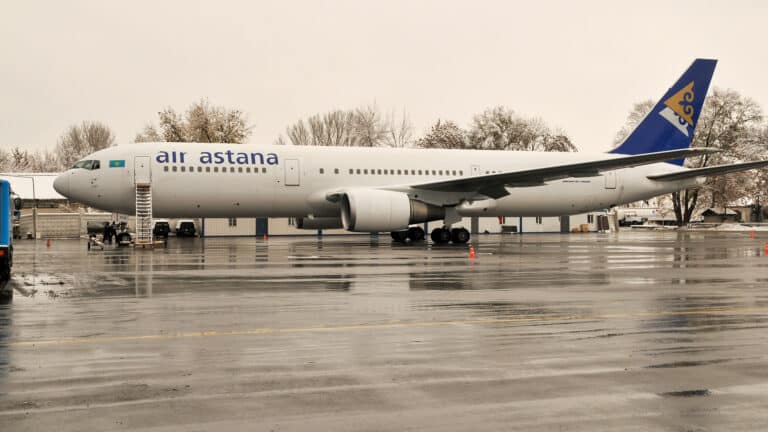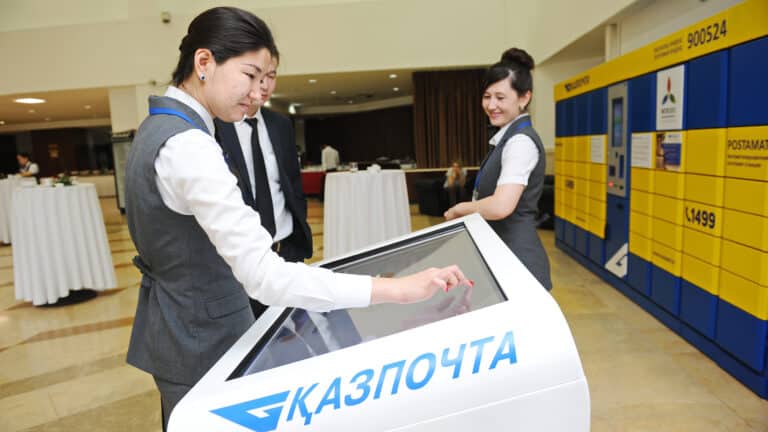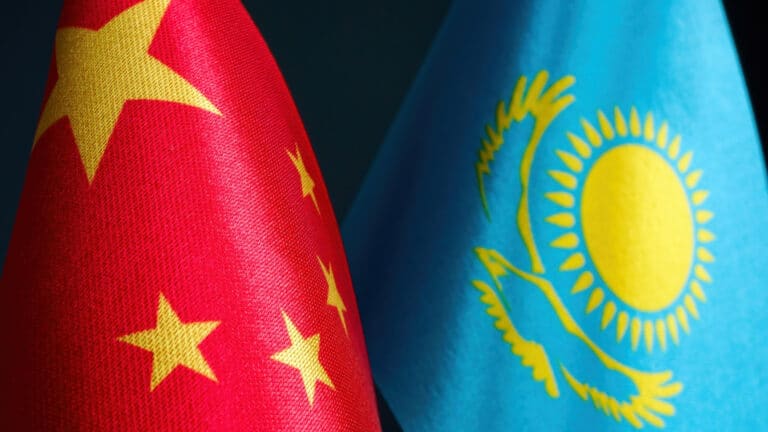Where do the youth prefer to live? What kinds of professions does the local economy demand? Who is thriving amid the pandemic? The Kursiv edition reporter Zhanar Asylkhanova has visited the town of Altay (former Zyryanovsk) under the Real Kazakhstan project by Kursiv and Chevron.
The settlement of Zyryanovsk was established in 1791; in 1937 it became an industrial township and then obtained the status of a town in 1941. In 2019 it was renamed Altay.
Geographically, the town of Altay is located along the Berezovka River, a tributary stream of Bukhtarma River. The area, which is also named Altay, is famous for its beautiful nature; it attracts a lot of tourists, many of whom come from neighboring Russia.
According to the local akimat (administration), there are 63,776 residents in the Altay district and 35,136 residents in the town of Altay. As statistic data shows, the town is used to losing its population; during the last decade about 4,500 people left here.
The Pride of Altay
One of the historical sites in Altay is a town hall named Gornyak (miner), which was built in 1953. Despite the role it used to play in public life, the building had seen some tough times. From 1991 to 2001 it was in private property and had been transferred from hand-to-hand many times, serving as a casino and even as a warehouse. After years of being neglected, the building was severely damaged. Eventually, in 2001 the state took it back and assigned the building its status as a cultural site. It opened its doors in 2013 when the restoration work was finished.
To make sure the building looks like it did from its inception, the workers even restored some Soviet emblems on the front columns.
«We are proud of these emblems even though for youth it means nothing. For example, we have a choreography room with symbols of all former Soviet republics. This is history and I think we have to preserve it. Currently, this building is the only cultural site in the Altay region. Our concert hall is small and very comfy; many people come here to practice dancing skills. For example, we have several dancing groups for children and veterans,» said Elena Korobeynikova, head of the Gornyak Cultural Center.
People and Business
One of Altay’s problems is a lack of specialists. According to the local employment center, about 250 various specialists are needed for the region.
«We need teachers and medical workers, such as an anesthesiologist, rheumatologist, infectious disease specialist, therapeutist, angilogist, etc. Also, there is a high demand for machine servicers, livestock breeders, dairy-women, and veterinarians. There are 250 open vacancies in hospitals, education and agriculture in total,» said Berikzhan Bekbusinov, head of the local employment center.
In the town of Altay, the average salary varies from 65,000 to 120,000 tenge ($154-$284). In the region of Altay, it may be higher. For example, in Srednegornenskiy district veterinary specialists can earn from 150,000 to 200,000 tenge ($356-$474).
«We are glad to see every specialist who comes to us under the resettlement program. Our prior goal is to make sure that they have a job here and you know it’s not hard because many enterprises already wait for them. Some farms, for example Borodino, are ready to provide such specialists with houses,» Bekbusinov added.
Since 2018 dozens of families from the Shymkent, Zhambyl, and Turkestan regions have moved to Altay. According to akimat, more than 60% of them prefer to run their own businesses in the areas of agriculture, livestock breeding and crop farming. They work on land that used to be abandoned.
According to the local subsidiary of the Atameken entrepreneurs’ chamber under the Business Road Map-2025 program, the government has supported 13 projects with $1.7 million; six projects ($715) under the Economics of Simple Things program; and two projects ($52,220) under the Enbek (labor) program. In general, there are 3,333 businesses in the region; 2,519 out of them are in the town of Altay.
According to Atameken’s representative in the Altay region Ruslan Chamoyev, the number of businesses tends to reduce. The main reason for this trend is a requirement to use cash-register machines.
«As of January 1, 2019, there were 4,500 businesses; 3,800 in 2020 and 3,333 now. Many had been registered as entrepreneurs but didn’t work. When that state required cash machines, people began to get rid of it,» he said.
As the official noted, many entrepreneurs are not happy with monitoring groups that have been working since the beginning of the lockdown. Over the period since November 2020, local Atameken received 50-60 such complaints.
Some Companies Are Thriving
Despite the lockdown, several entrepreneurs in Altay managed to adapt themselves to the changing environment. As Saule Bakhtiyarova, a local businesswoman noted, during the pandemic her business has been thriving because she was able to transform her clothes store into an online shop as well as to switch her regular café into a delivery café.
«We never stopped working during the pandemic and not one of my employees was fired. I’ve just created accounts on social media and started to sell clothes online. In the summer I opened a café that delivers various types of food. I think, if an entrepreneur wants to work for real, nothing can stop him. I was forced to do that because I had two loans. I bought a professional stove, oven, some show-cases and a deep-freezer. Also, as we bought a delivery vehicle I had to make regular payments to a bank. To promote our services, we posted up printed notices and even hired several students to do that,» she said.
As a result, Bakhtiyarova paid off the loans and is now renovating her shop.
The entrepreneur is ready to give jobs for ten people: cooks (with a salary of $356), waiters and bartenders ($189). As she noted, during the pandemic the number of orders surged. For example, among high profile customers for set meals are local hospitals, hotels and schools. And of course the café personnel do their best to please all their customers.
However, tourists won’t be happy with hotels. First, the price for accommodations is too high (up to $30 per day). Second, these apartments usually aren’t comfy; they are twin share with no facilities inside.
Town’s Budget and Development
According to akimat, the budget of the town of Altay was about $1.9 million in 2019; $2.8 million in 2020 and about $878,016 as of early 2021.
Last year the town built 10,150 square meters of housing, two times more than in 2019 (5452 sq. m).
Moreover, in 2020 the town managed to solve one of its urgent problems with a school in an avalanche zone.
«We allocated $116,309 for the project and have built on the Zubrovka Mountain some avalanche sheds. As a result, the risk of a snow slide has been significantly reduced,» said Erlan Mamataev, head of the department of architecture, town planning and construction activity of the Altay region.
Another project is an autodrome, where learners can practice their driving skills. According to Mamataev, the $731,087 project was already approved and the construction will start soon. Also, the administration plans to build a recreation center and new apartment house as well as to restore the former dormitory into a house.
«The budget of the recreational center is about $1.4 million. An additional $328,989 will be spent by the town for acquiring 11 new houses for people,» said Mamataev.
There are 989 people waiting for new housing; 803 of them are from vulnerable social groups including 539 orphans.
Altay has a child care home and specialized school for troubled youngsters. Currently, 21 children in age 11 to 18 live there.
Another group of those who wait for new apartments are 177 public sector workers, 18 large families, and 12 individuals who live in houses that were recognized as dilapidated.













